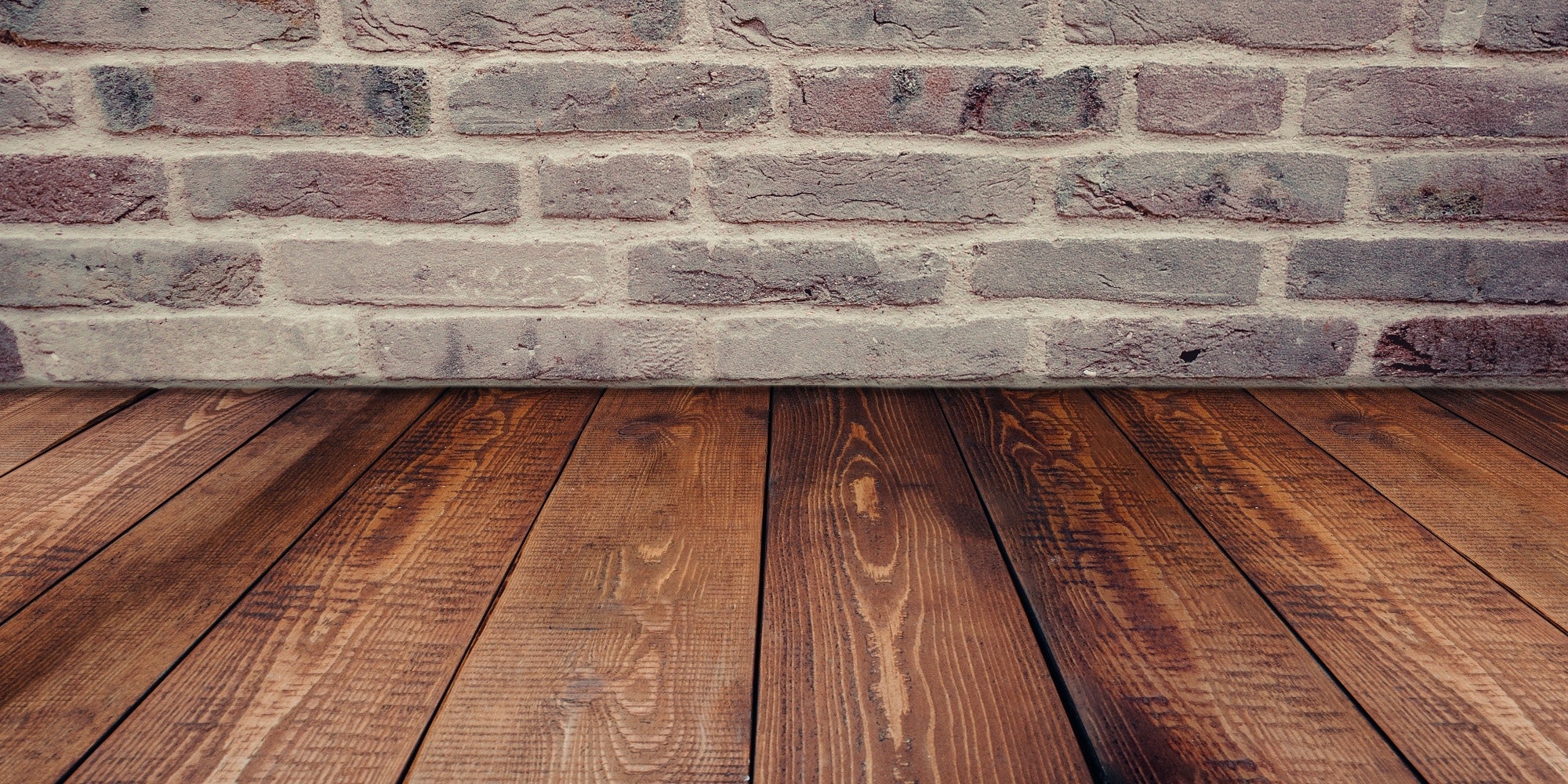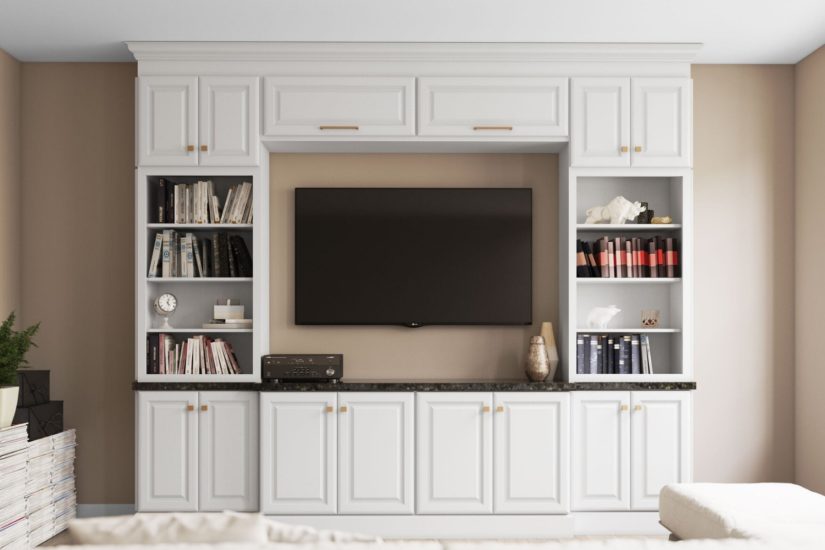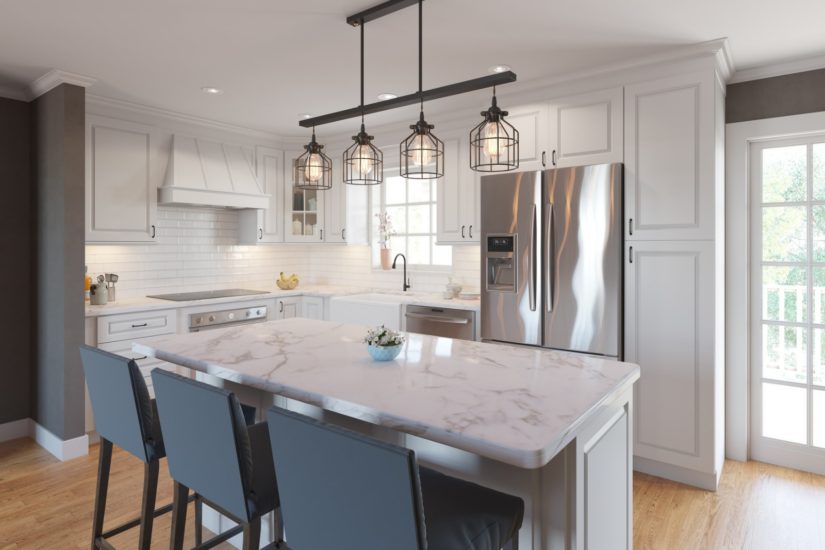You’ve decided to invest in some new kitchen cabinets, but want to know whether or not the cabinets you’re considering are well constructed using quality materials. Before you break out your wallet, you choose to do a little research and see the words wood joinery. Then you ask yourself, “what is wood joinery?” Wood joinery is a part of woodworking that involves joining together pieces of wood, to produce more complex wood. Sometimes joints employ fasteners, bindings, or adhesives, while others use only wood elements.
We’ve put together a list of some basic types of Wood Joinery which we hope will help you understand a little bit more about wood joinery, and how kitchen cabinets are constructed.
Wood Joinery #1: Butt Joint
A Butt joint is the end of a piece of wood that is butted against another piece of wood. This is the simplest and weakest type of joint that is most often used in wall framing on construction sites.
Wood Joinery #2: Mitered Butt Joint
A Mitered Butt joint is similar to a butt joint, but both pieces have been beveled at an angle usually at a 45 degree angle. Advantages of a mitered butt joint is the mitered butt joint will not show any end grain and is more aesthetically pleasing. However, it does have one disadvantage, like butt joints, mitered butt joints are not very strong.
Wood Joinery #3: Tongue and Groove
Tongue and Groove joints are typically much stronger than butt and mitered joints. Each piece has a groove cut all along one edge, and a thin, deep ridge on the opposite edge.
Wood Joinery #4: Mortise and Tenon
The Mortise and Tenon is a classic wood joinery method. It’s one of the most basic and widely used joints in furniture making and has been around since the early times of woodworking.
Mortise and Tenon is an excellent and strong joint to use in furniture making and can be used to join the rails and stiles on frame and panel doors, the aprons to the legs of tables, and the rails to the posts or legs of chairs. A great example of mortise and tenon wood joinery is Mission Style furniture.
Wood Joinery #5: Dado
A Dado is a square-grooved slot in one board where another board will fit. It’s great for locating partitions inside cabinets or for supporting shelves on bookcase units. It can be used in the construction of frame and panel doors and for setting drawer bottoms.
Wood Joinery #6: Rabbet
Another commonly used wood joint is the Rabbet. A rabbet joint is often used to set back boards onto the rear of case pieces. The boards are joined by removing a portion of one board’s thickness to accommodate another board.
Wood Joinery #7: Dovetail Joint(s)
A Dovetail Joint is a form of box joint where the fingers are locked together by diagonal cuts. Dovetail joints are the strongest method for joining two pieces of wood with the grain going in the same direction. There are many different types of Dovetail joints such as the Through Dovetail which is very popular and adds class to any piece, the Half-Blind Dovetail, the Sliding Dovetail, and the Box Joint also known as a Finger joint.
Through Dovetail joints are used to join blanket chests, and small boxes. Half-Blind Dovetail joints are commonly used to join drawer sides to drawer fronts. A great example is a drawer front where you don’t want to see the end of the through dovetail on the face of the drawer. A Sliding Dovetail Joint is the most versatile type of joint with lots of optional uses. This type of joint consists of a dovetail shaped tenon that slides into a matching groove. A Box joint or Finger joint is a simpler alternative to the other three types of joints. Instead of having angled tails and pins on the dovetail, the fingers are straight.
Conclusion
We’ve only scratched the surface of wood joinery, but we hope knowing more about how cabinets are constructed will help you along your journey to selecting new kitchen cabinets for your home.
If you’d like more information on wood joinery and to view some fantastic pictures of these joints please visit Fine Woodworking and check out this handy pdf.




